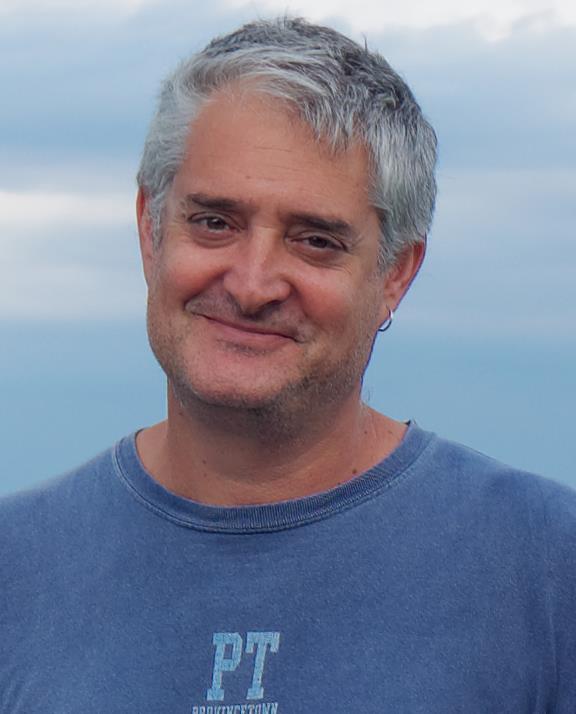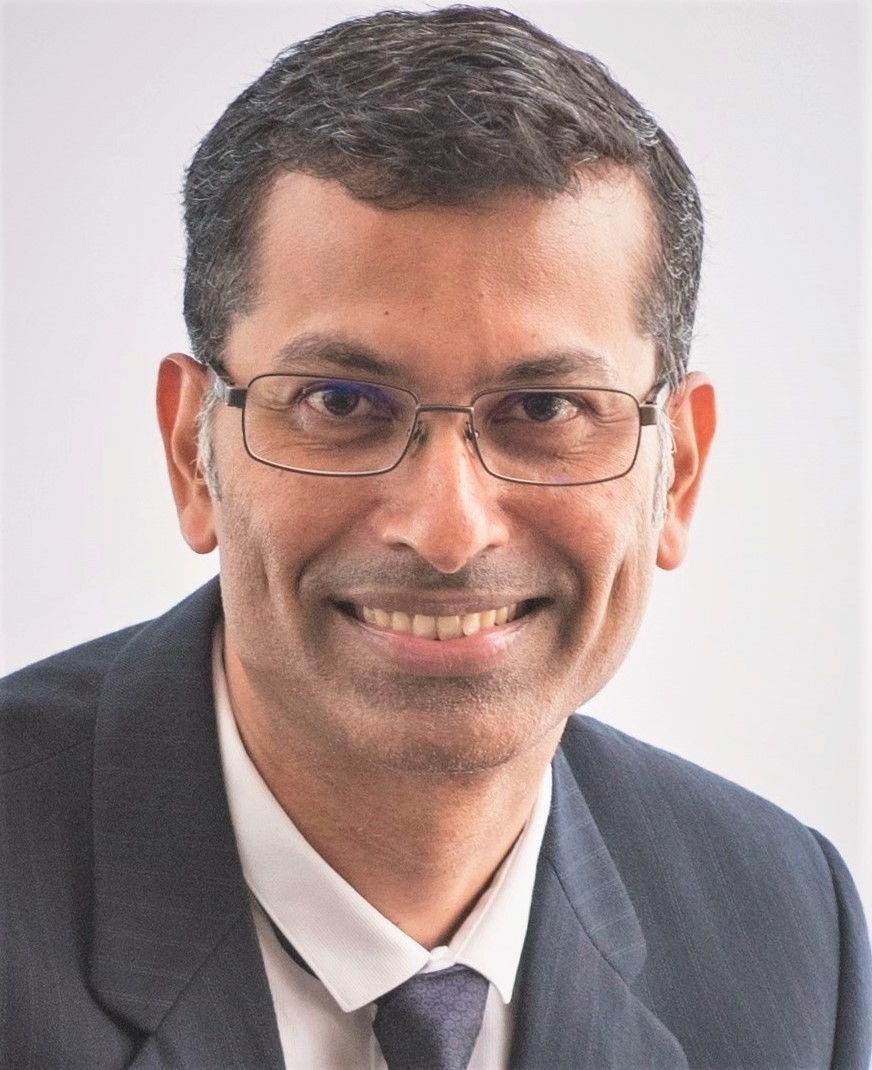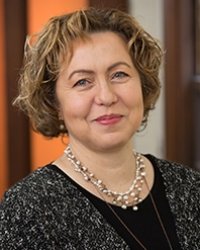Seminar Series
Our seminar series is a quarterly series designed to make cutting-edge neuroscience research available to all. Our lineup features speakers from a variety of career stages with varied backgrounds and expertise. We recognize that a multitude of voices contributes to a richer scientific dialogue.
Register for our upcoming events, read about the speakers, watch previous talks, and delve into the fascinating world of neuroscience. Join us as we connect minds, share knowledge and pave the way for a more open and collaborative scientific community.
Previous seminars
Synthesis-driven deep learning and multi-scale analysis of the human brain

Presenter: Bruce Fischl, PhD, Professor of Radiology, Harvard Medical School; Neuroscientist, Massachusetts General Hospital; Director, Computational Core, Athinoula A. Martinos Center for Biomedical Imaging, Massachusetts General Hospital
Date: Friday, December 6, 2024 1:00 PM - 2:30 PM ET
Watch the recorded seminar on YouTube.
Dr. Fischl discussed technical advancements in deep learning applied to neuroimaging, particularly addressing the challenges posed by the domain gap, which affects the performance of algorithms trained on specific magnetic resonance imaging (MRI) image types. To overcome this, his group has developed synthetic image synthesis techniques that enable networks to learn without bias from real MRI data, facilitating supervised learning in cases where manual annotation is challenging. He reviewed his results from a five-year project focused on creating tools for analyzing data across different scales, from micron-level microscopy to whole-brain MRI, aimed at constructing a detailed cellular and connectional atlas of the human brain.
We are influenced by our surroundings: spatial and single cell diversity of cells and humans

Presenter: Shyam Prabhakar, PhD, Associate Director, Spatial and Single Cell Systems, Genome Institute of Singapore; Senior Group Leader, Systems Biology and Data Analytics, Genome Institute of Singapore
Date: Tuesday, June 11, 2024 10:30 AM - 12:00 PM ET
Watch the recorded seminar on YouTube.
A fundamental property of multicellular organisms is that cells in a tissue influence each other in stereotypical ways (a cell is defined by the company it keeps). We exploited this principle to develop BANKSY, a spatial clustering algorithm that uses a cell’s neighborhood as a guide to its own identity. BANKSY also defines tissue domains and matches or outperforms all other tested methods on data from diverse FISH-, sequencing- and antibody-based SO technologies. Importantly, BANKSY is 10-1,000 times faster and 2-60 times more scalable than existing tools, and thus capable of analyzing datasets comprising >2M cells. Cell morphology is a neglected aspect of spatial omics data. We developed MEDOC, an algorithm that infers the latent space of morphological variation from segmented cells or nuclei. We applied MEDOC to MERFISH data from leukemic vs. healthy bone marrow and identified both shared and divergent molecular markers of cell morphology variation. These analyses show that biologically interpretable morphological phenotypes are apparent in spatial omics data. At the organismal scale, humans are shaped by a combination of intrinsic (genetic) and extrinsic (environmental) influences. To investigate these influences and characterize human diversity, we used single cell RNA-seq to profile 1,265,624 peripheral blood mononuclear cells from 619 individuals from 7 population groups in 6 Asian countries. We uncovered profound molecular and cellular differences between these 7 groups, indicating that epidemiological studies may need fine-grained population descriptors. These included cell populations and genes implicated in disease risk and pathogenesis as well as those relevant for diagnostics. Remarkably, human variation in blood cell proportions correlated more strongly with genetic ancestry than with sex, thus making a case for including genetically diverse cohorts in population studies. More broadly, our results suggest that tailored diagnostic and therapeutic tests and strategies may be needed to fulfill the promise of Precision Medicine across the globe.
Role of postmortem human brain studies in research on nervous system disorders: The dead teach the living (mortui vivos docent)

Presenter: Sabina Berretta, M.D., Associate Professor Psychiatry, Harvard Medical School; Director, Harvard Brain Tissue Resource Center; Director, Translational Neuroscience Laboratory; Associate Member, Broad Institute
Date: Friday, February 2, 2024 2:00 PM - 3:30 PM ET
Watch the recorded seminar on YouTube.
Dr. Berretta discussed how brain donation and postmortem research contributes to the advancing research on brain disorders and to combating the stigma associated with them. The seminar covered the workflow at the Harvard Brain Tissue Resource Center, factors impacting tissue performance, ongoing collaborative efforts to address BICAN project requirements and new approaches to research on postmortem human brain tissue. She concluded by highlighting some of the projects in collaboration with Broad investigators. The talk was followed by a 30-minute question and answer session.